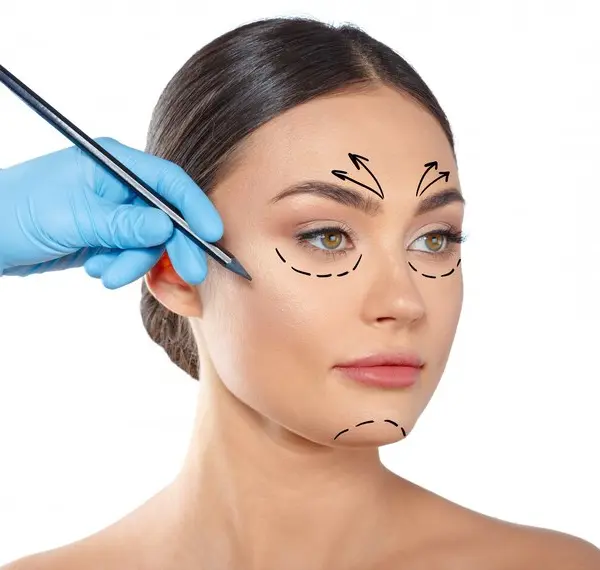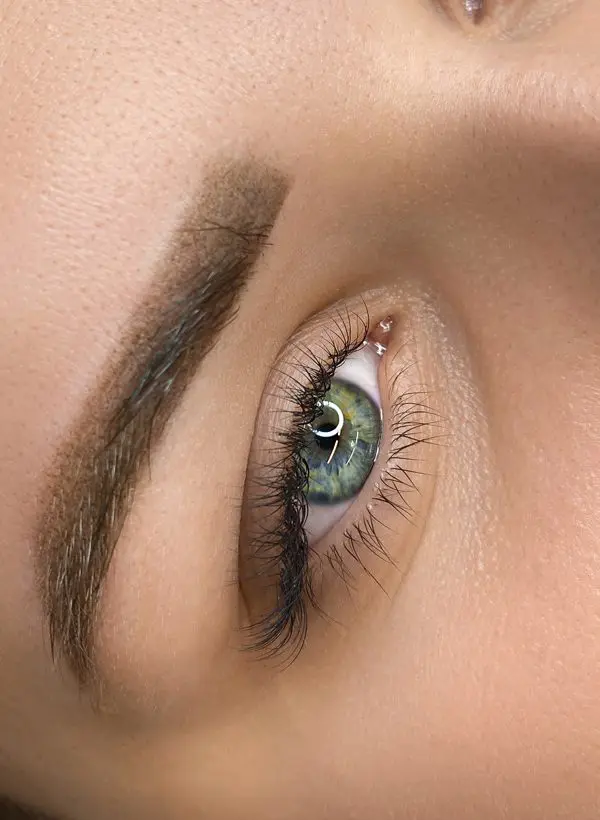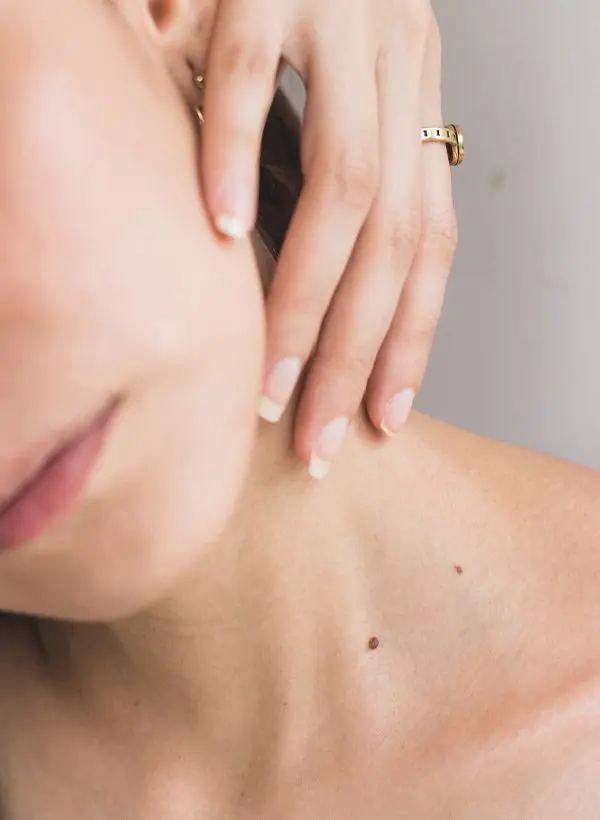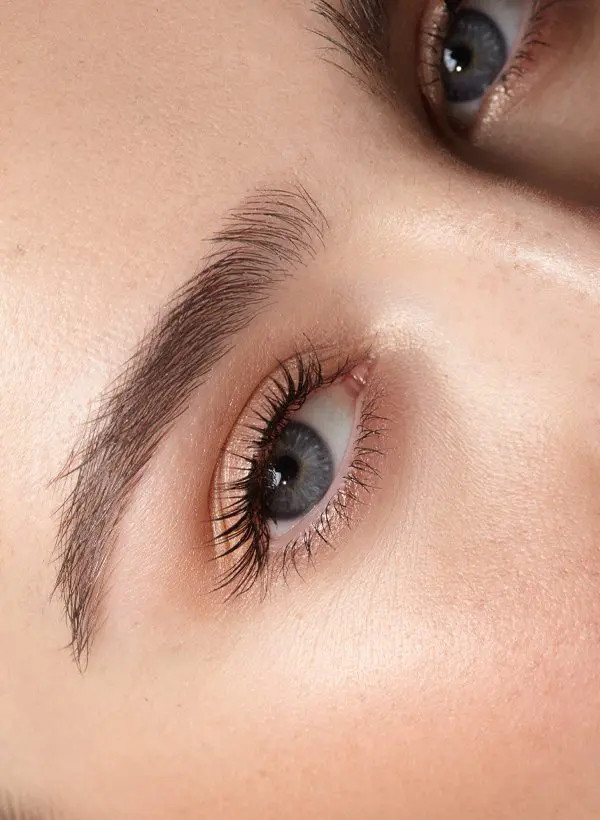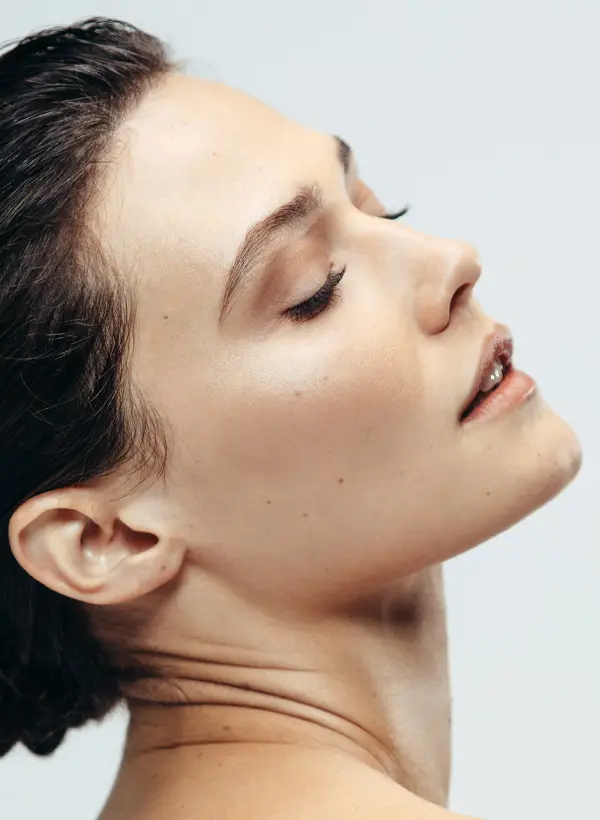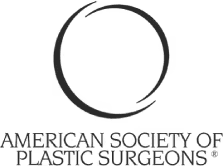CONDITIONS — FACE
Drooping Brow
A drooping brow is a condition in which the eyebrows appear to be slanted downward, away from the eyes, rather than following their natural arch. This can be caused by a number of factors, including aging, genetics, environmental factors, or even underlying medical conditions. In some cases, a drooping brow may be a sign of a more serious underlying condition, such as a neurological disorder or a muscular disorder. In other cases, it may simply be a cosmetic issue with no underlying cause. In either case, treatment may be necessary in order to restore the natural, healthy appearance of the eyebrows. Treatment may include lifestyle or dietary changes, or even surgery in more serious cases. Regardless of the cause, a drooping brow can be a source of embarrassment and frustration for those affected.By understanding the causes and treatments available, those with drooping brows can find relief.
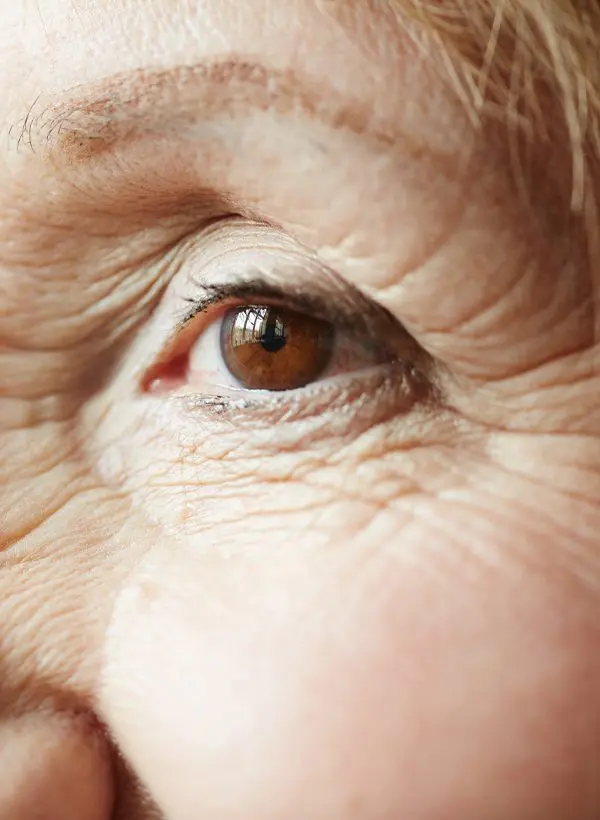
Overview
Achieving a well-refreshed face is a common aesthetic goal for the majority of individuals seeking to enhance their overall appearance and boost self-confidence. A harmoniously sculpted facial contour not only contributes to a youthful and vibrant look but also reflects one’s inner vitality and health.
The Plastic Surgical Management of a Drooping Brow
A drooping brow is a condition in which the eyebrows appear to be slanted downward, away from the eyes, rather than following their natural arch. This can be caused by a number of factors, including aging, genetics, environmental factors, or even underlying medical conditions. A drooping brow can be a source of embarrassment and frustration for those affected, but thankfully, there are a number of plastic surgical treatments available to help restore the natural, healthy appearance of the eyebrows.
Causes
A drooping brow can be caused by several different factors. Aging, genetics, environmental factors, and even underlying medical conditions can all contribute to the condition. In some cases, a drooping brow may be a sign of a more serious underlying condition, such as a neurological disorder or a muscular disorder. In other cases, it may simply be a cosmetic issue with no underlying cause. Regardless of the cause, treatment may be necessary in order to restore the natural, healthy appearance of the eyebrows.
Treatments
There are a variety of treatments available for a drooping brow, depending on the underlying cause. In cases where the cause is simply cosmetic, lifestyle or dietary changes may help to improve the appearance of the eyebrows. However, in more serious cases, plastic surgery may be necessary in order to achieve the desired results. Plastic surgery is the most effective way to treat a drooping brow. The procedure is typically performed under local anaesthesia and involves an incision along the hairline. Using this incision, the surgeon will then remove excess skin, fat, and tissue in order to lift the eyebrows and restore the natural arch. The incision is then closed with sutures, and the patient is able to go home the same day.
Recovery
The recovery period following a drooping brow surgery is typically short and relatively uncomplicated. The patient should expect some bruising, swelling, and redness in the area surrounding the incision, but this should subside with time. It is also important to keep the incision clean and dry during the recovery period. In most cases, the patient will be able to return to normal activities within a few days of the procedure.
Results
The results of a drooping brow surgery are typically long-lasting and can help to restore the natural, healthy appearance of the eyebrows. While there is always a risk of some scarring in the area surrounding the incision, the scarring is usually minimal and can often be hidden by styling the hair in a certain way. Additionally, the patient should expect to see some changes in the appearance of the eyebrows immediately following the procedure, but the full results may not be visible for several weeks or months.
Conclusion
A drooping brow can be a source of embarrassment and frustration for those affected. Thankfully, there are a number of treatments available to help restore the natural, healthy appearance of the eyebrows. Of these treatments, plastic surgery is the most effective way to treat a drooping brow. The procedure is typically performed under local anaesthesia and involves an incision along the hairline. The recovery period is typically short and relatively uncomplicated, and the results are typically long-lasting and can help to restore the natural, healthy appearance of the eyebrows.
Facelift Condition
- Tired Eyes
- Facial Ageing
- Facial Volume Loss
- Wide / Square Jaw
- Gummy Smile
- Chin Augmentation
- Jawline Rejuvenation
- Jowls
- Teeth Grinding
- Eye Bags
- Drooping Brow
- Drooping Eyelids
- Double Chin
- Nasolabial Folds
- Premature Ageing
- Wrinkles
- Crows Feet
- Frown Lines
- Forehead Lines
- Drooping Mouth / Marionette Lines
- Thin Lips
- Gaunt Cheeks
- Prominent Ears
- Sagging Neck
- Turkey Neck
Related Treatments
News & Resources

Breast Reduction Surgery: Benefits, Risks, and Recovery
Breast Reduction Breast Reduction Surgery: Benefits, Risks, and Recovery Lighter, Firmer, Confident – The Transformation You Deserve! The weight carried, both literally and figuratively, when breasts are disproportionately large can significantly impact daily life, from physical discomfort to emotional strain. It’s a deeply personal experience, and considering surgical intervention is

Common Problems After Breast Reduction Surgery and How to Avoid Them
Breast Reduction Common Problems After Breast Reduction Surgery and How to Avoid Them Breast reduction surgery, or reduction mammoplasty, is a cosmetic technique that reduces the size of a person’s breasts, chest, or nipples. In general, the advantages outweigh the hazards, which are both low and uncommon. Still, it’s critical
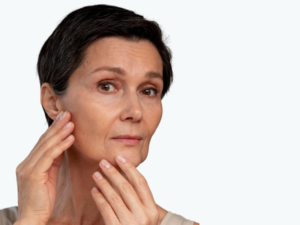
Sagging Skin & Jowls: How Facelift Surgery Can Restore a Defined Jawline?
FaceLift Sagging Skin & Jowls: How Facelift Surgery Can Restore a Defined Jawline? As we age, the skin naturally loses some of its strength and elasticity, causing changes in our overall appearance. One of the most prominent effects of this process is the gradual sagging of skin, particularly around the
